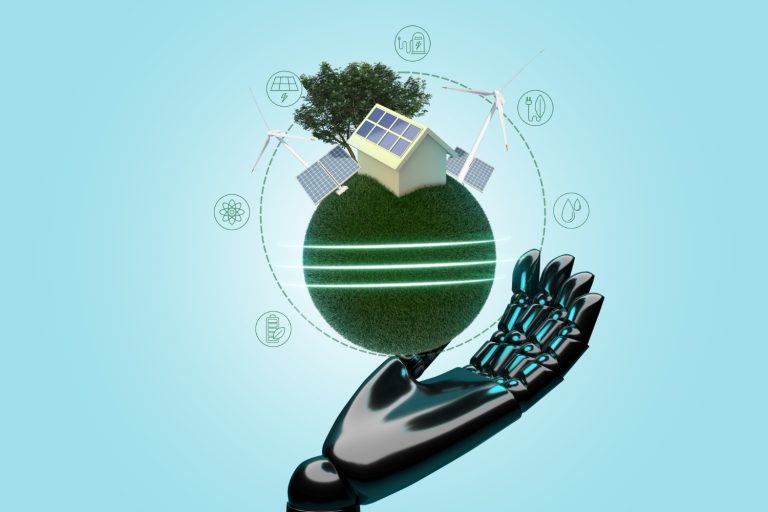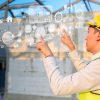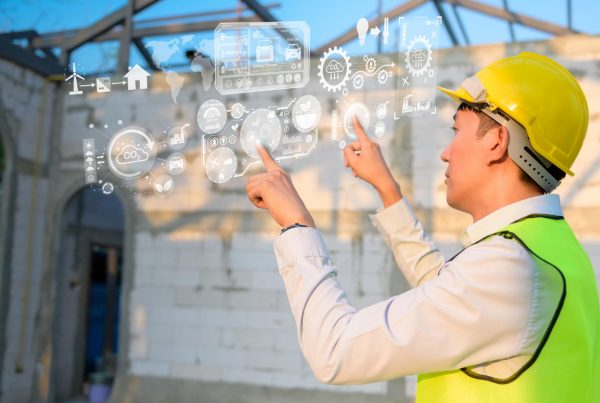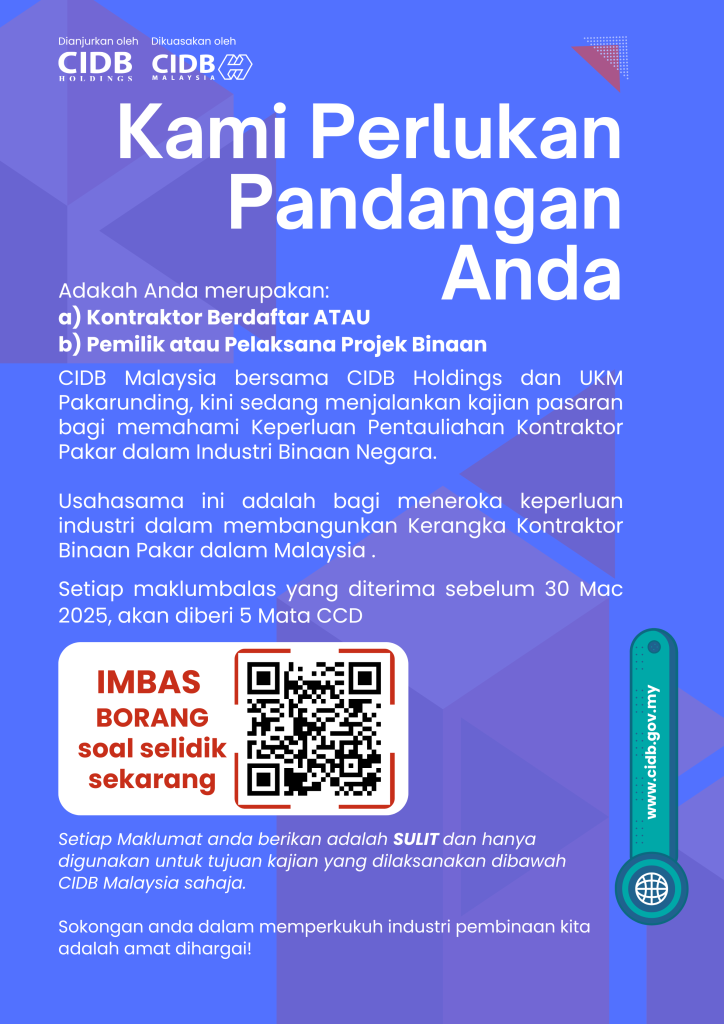
Artificial Intelligence (AI) is pivoting the construction industry toward more sustainable and innovative practices. As the sector grapples with pressing issues such as climate change and resource management, AI offers tools and solutions that can significantly enhance the quality and efficiency of construction projects.
One of the primary ways AI contributes to sustainability is through optimising resource usage. AI-powered systems can analyse data from past projects to forecast material needs accurately, reducing waste and ensuring that resources are used efficiently. This capability is precious in large-scale projects where resource mismanagement can lead to significant environmental and financial costs. By minimising waste and optimising material usage, AI helps construction firms lower their ecological footprint.
AI also supports sustainable construction through energy-efficient building designs. Generative design algorithms can explore thousands of design iterations, considering factors such as natural light, ventilation, and thermal performance. These AI-driven designs enhance energy efficiency and improve buildings’ overall sustainability.
In addition to optimising designs, AI aids in monitoring and maintaining the sustainability of construction projects. AI-powered sensors and IoT devices can continuously monitor various environmental parameters, such as energy consumption, water usage, and air quality. These real-time insights enable construction managers to make informed decisions that enhance sustainability.
AI’s role in innovation is equally significant. By automating routine tasks, AI frees up human workers to focus on more creative and complex aspects of construction. This shift not only improves efficiency but also drives innovation within the industry. For example, predictive maintenance systems can foresee equipment failures before they occur, allowing for timely interventions that prevent costly downtimes and prolong the lifespan of machinery.
Moreover, AI facilitates collaboration and knowledge sharing across the construction industry. AI-driven platforms can integrate data from various sources, creating a unified knowledge base that all stakeholders can access.
The Chartered Institute of Building (CIOB) is leading the promotion of these advancements. By advocating for the integration of AI in construction, CIOB aims to drive the industry towards a more sustainable and innovative future. Their initiatives, including the recently launched AI Playbook, provide valuable guidance for construction professionals seeking to harness AI’s full potential.
Article 1: Embracing AI in Construction: A New Era of Innovation
Article 2: Revolutionising Construction: AI as Your New Colleague
Article 3: Overcoming Challenges and Ensuring Ethical AI Use in Construction
Prominent companies in the global construction robots market include:
- ABB Ltd.
- Advanced Construction Robotics Inc.
- ANYbotics AG
- Blue Ocean Robotics
- Brokk AB
- Construction Robotics LLC
- FANUC America Corporation
- Fujita Corporation
- Giant Hydraulic Tech
- Komatsu
The construction robots market is poised for significant growth, driven by urbanisation and the need for innovative building solutions. As the industry continues to evolve, robotics will play a crucial role in addressing labour shortages, enhancing safety, and improving efficiency. The report by Transparency Market Research Inc. underscores the transformative potential of robotics in the construction sector, marking a shift towards a more technologically advanced future.















